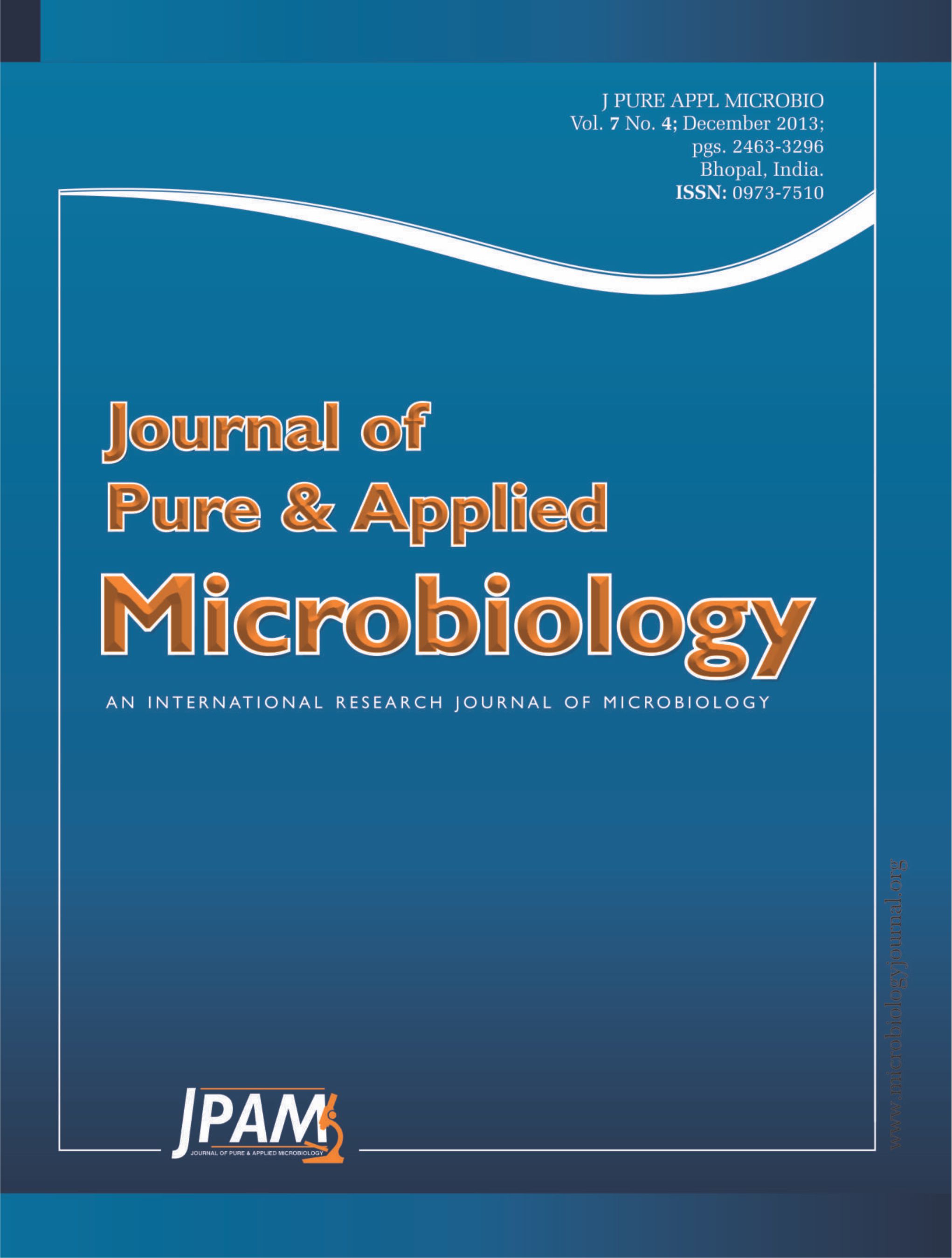Bacillus sp. LY33 was used as the original strain to breed a genetically stable mutant strain with high productivity of g-polyglutamic acid (g-PGA) through complex mutagenesis using diethyl sulfate (DES), nitrosoguanidine (NTG) and ultraviolet (UV) irradiation. Through fermentation by screened mutant strain, the yield of g-PGA was up to 18.65 g/L, which exhibited an enhancement by 45.93% compared with the fermentation by original strain. The mutant strain was identified as Bacillus subtilis through colony and cellular morphology, and physiological and biochemical properties. The fermentation conditions in shaking flasks of the mutant strain were optimized by response surface analysis to be seed age of 10 h, inoculum size of 3%, fermentation pH of 7.0, fermentation temperature of 37°C, medium-loading volume of 50 mL in a 250 mL flask, and shaking speed of 200 r/min. The optimal medium for fermentation required 70.00 g/L glucose, 8.00 g/L yeast extract and 41.80 g/L sodium glutamate. The validation tests revealed the g-PGA yield of 32.68 g/L under the optimal conditions, with an enhancement of 75.23% when compared with the fermentation using original strain before optimization.
γ-Polyglutamic acid, Complex mutagenesis, Fermentation, Response surface methodology, Optimization
© The Author(s) 2013. Open Access. This article is distributed under the terms of the Creative Commons Attribution 4.0 International License which permits unrestricted use, sharing, distribution, and reproduction in any medium, provided you give appropriate credit to the original author(s) and the source, provide a link to the Creative Commons license, and indicate if changes were made.


